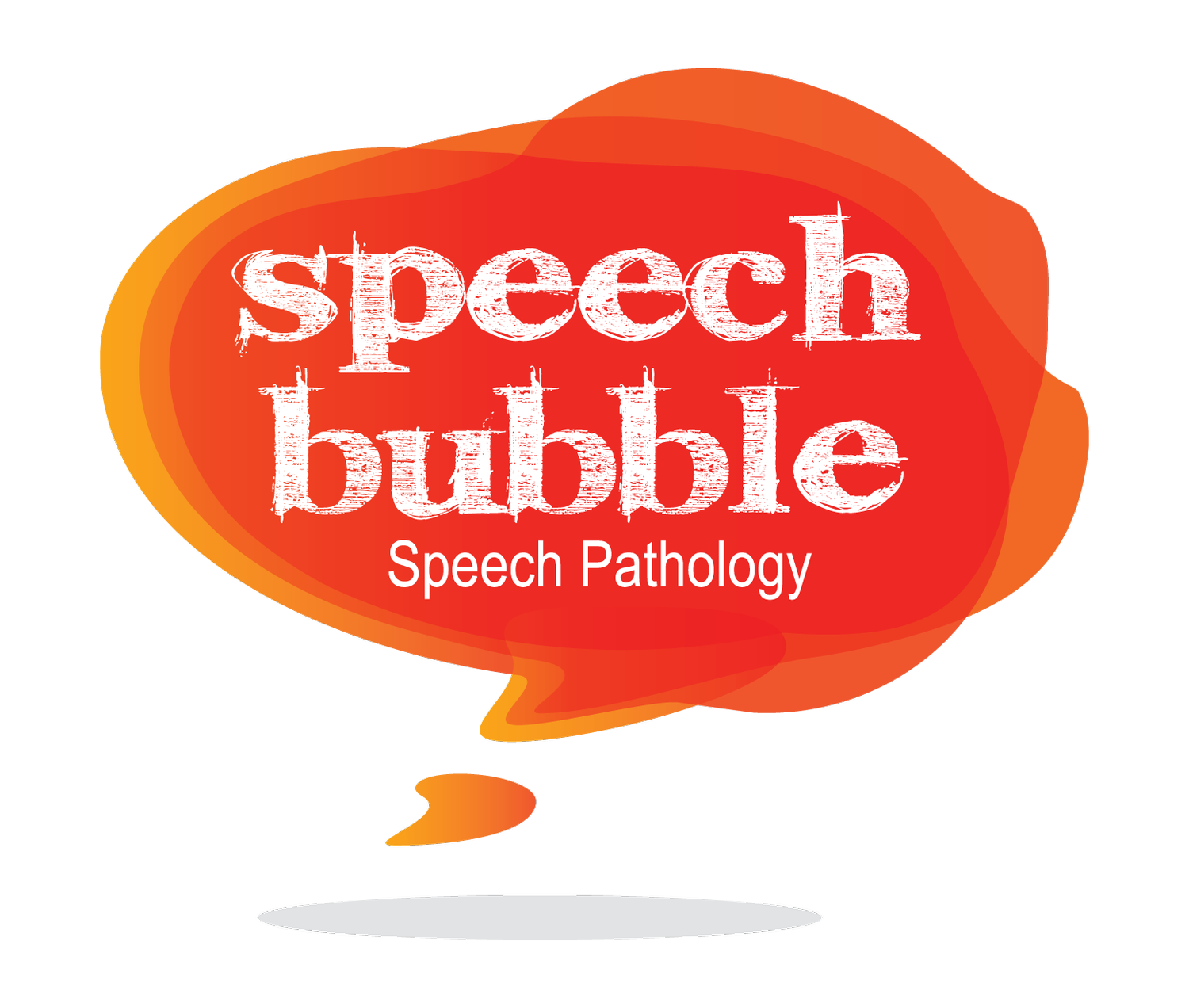Stuttering & Fluency
Stuttering
Stuttering is a speech disorder that causes interruptions in the rhythm or flow of speech.
These interruptions may include repeated sounds (c-c-can), syllables (da-da-daddy), words (and-and-and) or phrases (I want-I want-I want). Repetitions might happen once (b-ball, can-can) or multiple times (I-I-I-I-I want, m-m-m-m-m-m-mummy). Stuttering may also include prolongations, where sounds or parts of the word are stretched out (caaaaan I go) and blocks. Blocks are often silent and are seen when it looks like the person is stuck, trying to speak with no sound coming out. There are often secondary behaviours which accompany stuttering. These may be verbal and include grunts, small non-speech sounds, filler words (um/er) or pauses. They can also be non-verbal like grimacing, blinking or body movements.
The exact cause of stuttering is unknown. Speech disorders are thought to be caused by differences in brain activity related to speech production. This means that stuttering is not usually caused or triggered by an event, person, experience, stress or anxiety. Some people inherit a predisposition to stutter.
Treatment for Children
Early intervention from a speech pathologist is recommended for children who stutter. This is thought to be the best time to reduce stuttering. Currently, The Lidcombe Program of Early Stuttering Intervention has the strongest research evidence for children under the age of 6 years. There is also research to support
use of this program with primary school age children. New treatment programs are currently being researched and developed.
Treatment for Adolescents and Adults
Treatment for adolescents and adults targets both changing stuttered speech using speech restructuring techniques and addressing the anxiety that can accompany stuttering. Research trials have found the use of prolonged or smooth speech techniques to have positive results in reducing and managing
Fluency
Reading fluency is an important focus of literacy teaching, and can be thought of in two different but complementary ways:
Reading fluency has a qualitative definition, referring to the quality of students' reading. This includes the use of rhythm, phrasing, intonation, naturalness, and use of voice (for different characters/moods)
Reading fluency also has a quantitative definition, referring to the accuracy (number of errors, compared to number of correct words read) and the rate (number of words read per minute).
Quality and efficiency together are indicators of fluent reading, and are necessary for reading achievement, but not sufficient.

